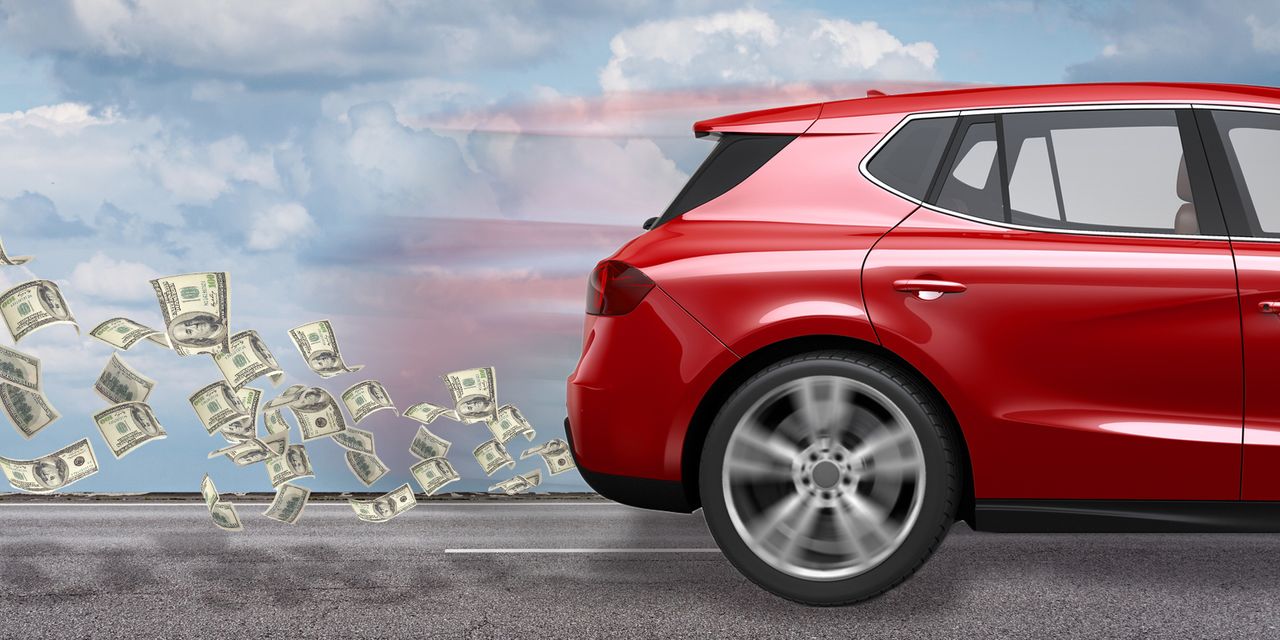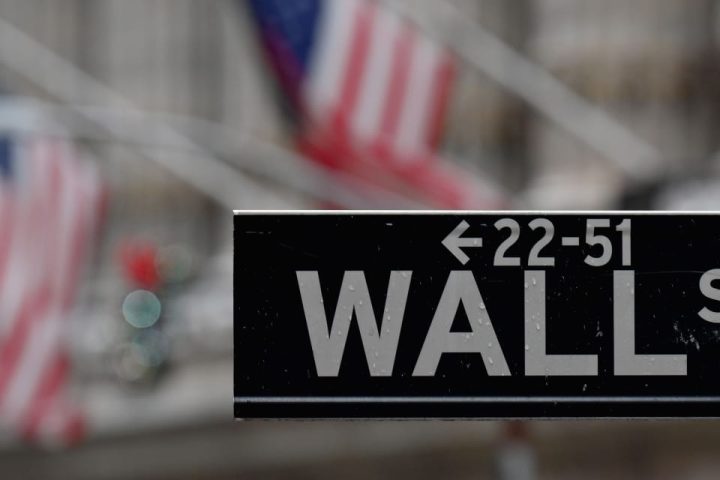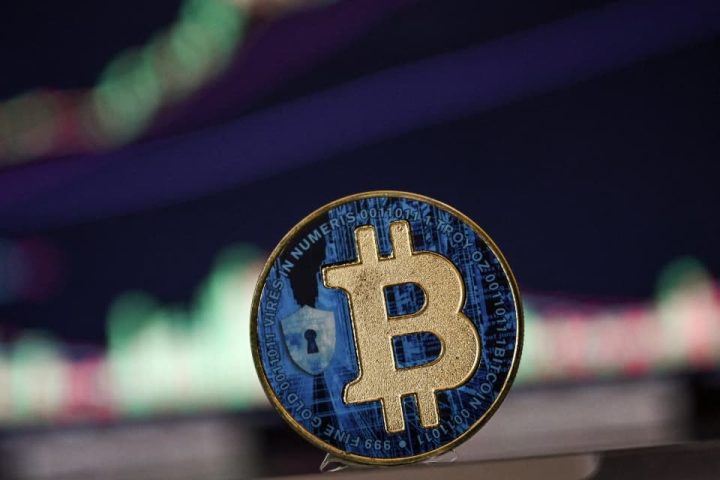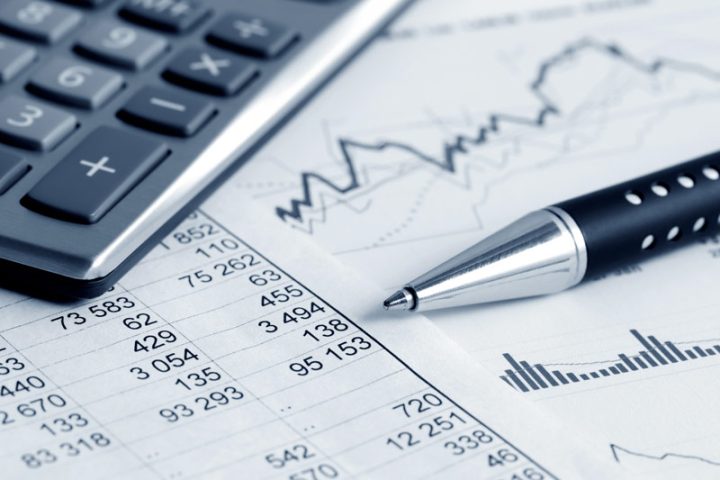Many borrowers with subprime credit have been paying 17% to 22% rates on new auto loans this year as the Federal Reserve’s inflation fight takes a toll on lower-income households.
That borrowing range reflects the average cost, or annual percentage rate, for a loan in recent subprime auto bond deals, according to Fitch Ratings, an increase from last year’s average APR of closer to 14%.
Higher borrowing costs can mean households need to put more of their income into monthly auto payments, ramping up the risks of late payments, defaults and car repossessions. Those risks, however, have yet to make investors flinch.
The subprime auto sector already has cleared almost $30 billion of new bond deals this year, according to Finsight, a pace that’s slightly below volumes from the past two years, but still above historical levels since 2008.
“I do believe there has to be a reckoning if rates stay higher for longer,” said Tracy Chen, a portfolio manager on Brandywine Global Asset Management’s global fixed income team.
Figuring out when the tumult might hit has proven difficult. Instead of slowing, the economy has shown resilience despite the Fed lifting its policy rate to a 22-year high of 5.25% to 5.5%. The central bank also indicated it might need to keep rates higher for some time to fight inflation. Longer-duration bond yields, as a result, have pushed higher, but still hover below 5%.
Subprime standoff
Inflation eats away at paychecks, especially those of lower-wage workers, a problem the Fed hopes to solve by keeping borrowing rates elevated. A gauge of inflation out Thursday showed consumer prices were steady at a 3.7% yearly rate in September, above the Fed’s 2% target.
“This recession has been on everyone’s mind for the past three years,” Chen said. While she thinks the economy will likely contract in the middle of 2024, a lot of damage could be done before that. “The longer rates stay here, the harder the landing.”
For now, the Fed is widely expected to hold rates steady at its next meeting in November. “Fed policy makers are now shifting their focus from ‘how high’ to raise the policy rate to ‘how long’ to maintain it at restrictive levels,” said EY Chief Economist Gregory Daco, in emailed comments.
Stocks were flat to slightly higher in choppy trade at midday Thursday after the inflation report came in hotter than forecast, with the Dow Jones Industrial Average
DJIA
near unchanged and the S&P 500 index
SPX
up 0.2%.
Past recessions and the burden of higher interest costs typically hit lower-wage workers harder, making subprime credit a canary in the coal mine for the rest of financial markets. Even so, investors in subprime auto bonds have yet to demand significantly more spread, or compensation, to offset potentially higher defaults among these borrowers.
Related: Subprime auto defaults on path toward 2008 crisis levels, say portfolio managers
Take the AAA rated 2-year slice of a new bond deal issued in mid-October by one of the subprime auto sector’s biggest players. It priced at a spread of 115 basis points above relevant risk-free rate, up from a spread of 90 basis points on a similar bond issued in August, according to Finsight, which tracks bond data.
When factoring in Treasury rates, the yield on the bonds bumped up to about 6% and 5.7%, respectively. The shot at higher returns and low delinquencies in subprime auto bonds have likely helped with investor confidence. The rate of subprime auto loans at least 60-day past due in bond deals was about 5% in September, according to Intex, up from historic lows around 2.5% two years ago.
“I think people still feel confident,” Chen said of subprime auto bonds. When putting a recent bond out on a Wall Street list to gauge its market value, she said bids come in right away.
Read the full article here







